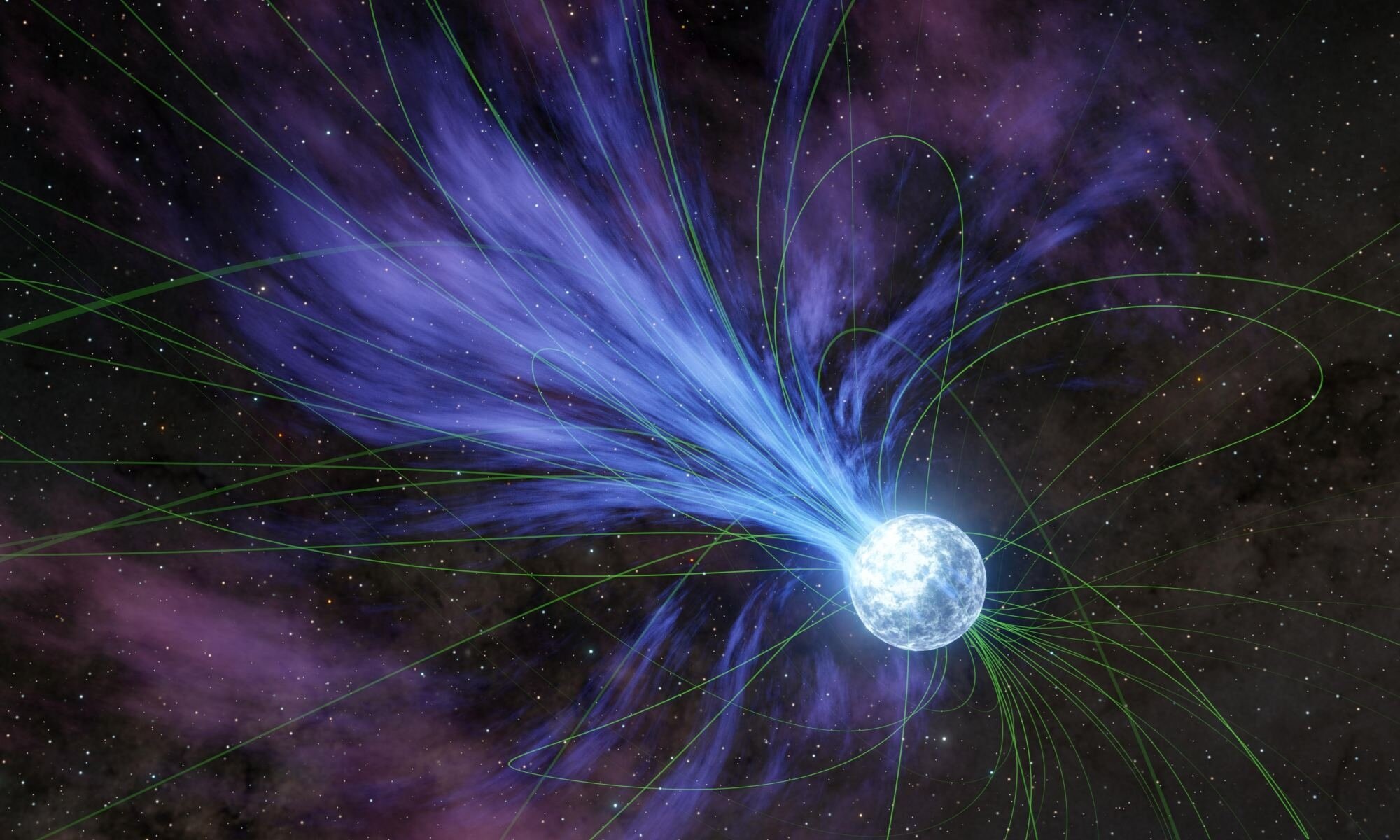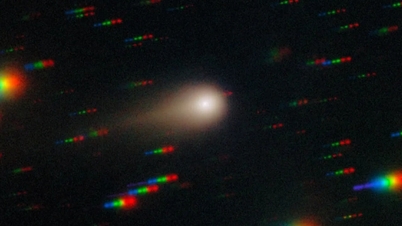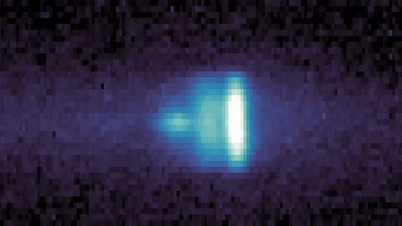(NLDO) - A strange fluctuation in data from NASA's NICER telescope has led scientists to a deadly object rotating 716 times per second.
A team led by astrophysicist Gaurava Jaisawal from the Technical University of Denmark analyzed data from NASA's NICER telescope to study a dead object and accidentally discovered something strange like never before seen.
The object is located 27,400 light-years away and is something "back from the dead": a neutron star.

NASA telescope data reveals a deadly object spinning at incredible speeds - Graphic image: PHYS
When a massive star explodes in a fiery death known as a supernova, its core collapses, leaving behind a compact but extremely energetic "zombie" called a neutron star.
Neutron stars have masses ranging from about 1.1 to 2.3 times the mass of the Sun, but diameters of only about 20 km.
The neutron star that Dr. Jaisawal and his colleagues studied has many strange features.
According to the article published in the scientific journal The Astrophysical Journal, it belongs to a binary star system called 4U 1820-30, with a companion white dwarf - the "zombie" of stars the size of the Sun.
The pair orbit each other with a period of just 11.4 minutes, so the more powerful neutron star continually sucks matter from its companion.
Every time a neutron star fills its belly, a small explosion occurs, expelling excess matter. The team recorded 15 of these thermonuclear explosions between 2017 and 2022.
But there was a strange signal in the data: One of the bursts contained an oscillation with a frequency of 716 Hertz.
Researchers have investigated and concluded that this strange signal is due to the neutron star rotating at a speed of 716 times/second, close to the theoretical limit of 730 times/second.
Such rapidly rotating neutron stars are called pulsars, and the star in the 4U 1820-30 system is the fastest rotating pulsar known.
Source: https://nld.com.vn/nasa-bat-duoc-tin-hieu-la-dan-toi-sieu-vat-the-tu-coi-chet-196241107104617717.htm


![[Photo] General Secretary To Lam receives President of the Senate of the Czech Republic Milos Vystrcil](/_next/image?url=https%3A%2F%2Fvphoto.vietnam.vn%2Fthumb%2F1200x675%2Fvietnam%2Fresource%2FIMAGE%2F2025%2F11%2F21%2F1763723946294_ndo_br_1-8401-jpg.webp&w=3840&q=75)

![[Photo] National Assembly Chairman Tran Thanh Man holds talks with President of the Senate of the Czech Republic Milos Vystrcil](/_next/image?url=https%3A%2F%2Fvphoto.vietnam.vn%2Fthumb%2F1200x675%2Fvietnam%2Fresource%2FIMAGE%2F2025%2F11%2F21%2F1763715853195_ndo_br_bnd-6440-jpg.webp&w=3840&q=75)

![[Photo] Visit Hung Yen to admire the "wooden masterpiece" pagoda in the heart of the Northern Delta](/_next/image?url=https%3A%2F%2Fvphoto.vietnam.vn%2Fthumb%2F1200x675%2Fvietnam%2Fresource%2FIMAGE%2F2025%2F11%2F21%2F1763716446000_a1-bnd-8471-1769-jpg.webp&w=3840&q=75)
![[Photo] President Luong Cuong receives Speaker of the Korean National Assembly Woo Won Shik](/_next/image?url=https%3A%2F%2Fvphoto.vietnam.vn%2Fthumb%2F1200x675%2Fvietnam%2Fresource%2FIMAGE%2F2025%2F11%2F21%2F1763720046458_ndo_br_1-jpg.webp&w=3840&q=75)









































































































Comment (0)